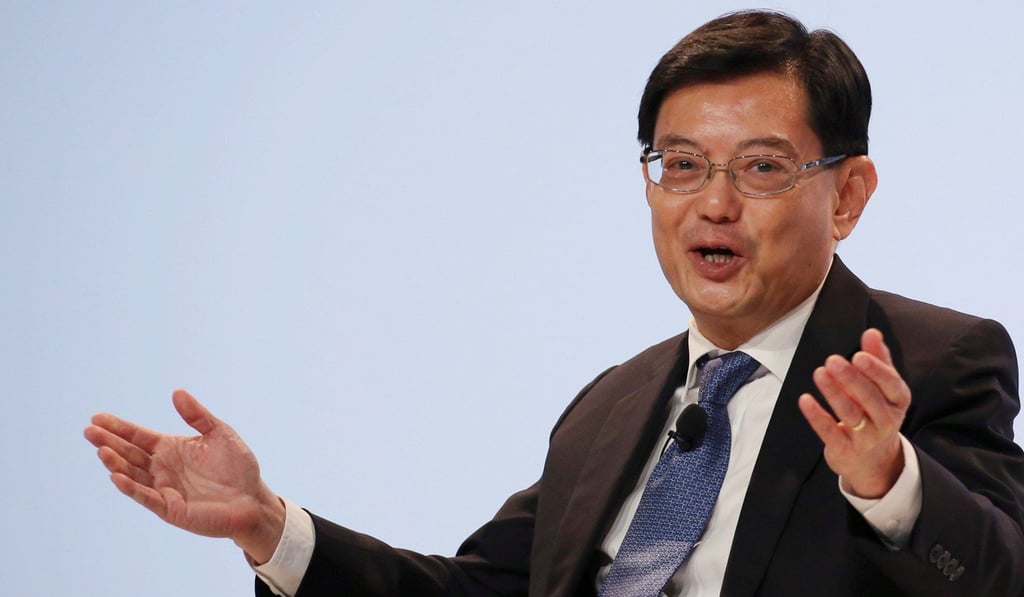Explainer | Will Singapore use its reserves to counter the coronavirus?
- Aid could follow a previously announced stimulus package and be the second time Singapore has tapped its reserves
- Small and medium-sized businesses, as well as self-employed workers, would be the main beneficiaries

Singapore is considering tapping its past reserves as it puts together a second relief package amid the deadly coronavirus outbreak. If it makes the move, it will be the second time the government has drawn on the reserves, with the first instance occurring in 2009, when it used them to cushion the effects of the global financial crisis.
Finance Minister Heng Swee Keat said Wednesday that the enhanced package would provide support for small and medium-sized enterprises as well as target self-employed workers. The announcement came just weeks after Heng, who is also Singapore’s deputy prime minister, announced an initial S$6.4 billion (US$4.5 billion) financial package to help Singapore weather the coronavirus storm. That package comprised S$800 million for health care, S$4 billion for businesses and workers, and another S$1.6 billion going to households to tide them over.
The second economic stimulus would come just as a general election is imminent, following the release of freshly drawn electoral zones on Friday.
With virus infections surging across the United States and Europe, global markets have slumped as investors assess whether emergency fiscal and monetary tools by policymakers can keep a recession at bay.

In light of this, Singapore, with 187 infections so far, has downgraded its growth forecast for 2020 to a range of -0.5 to 1.5 per cent, from 0.5 to 2.5 per cent previously, citing the fallout from the coronavirus outbreak on China’s economy that would have a knock-on effect in the region.
President Halimah Yacob has hinted publicly that Singapore is prepared to draw on the past reserves.